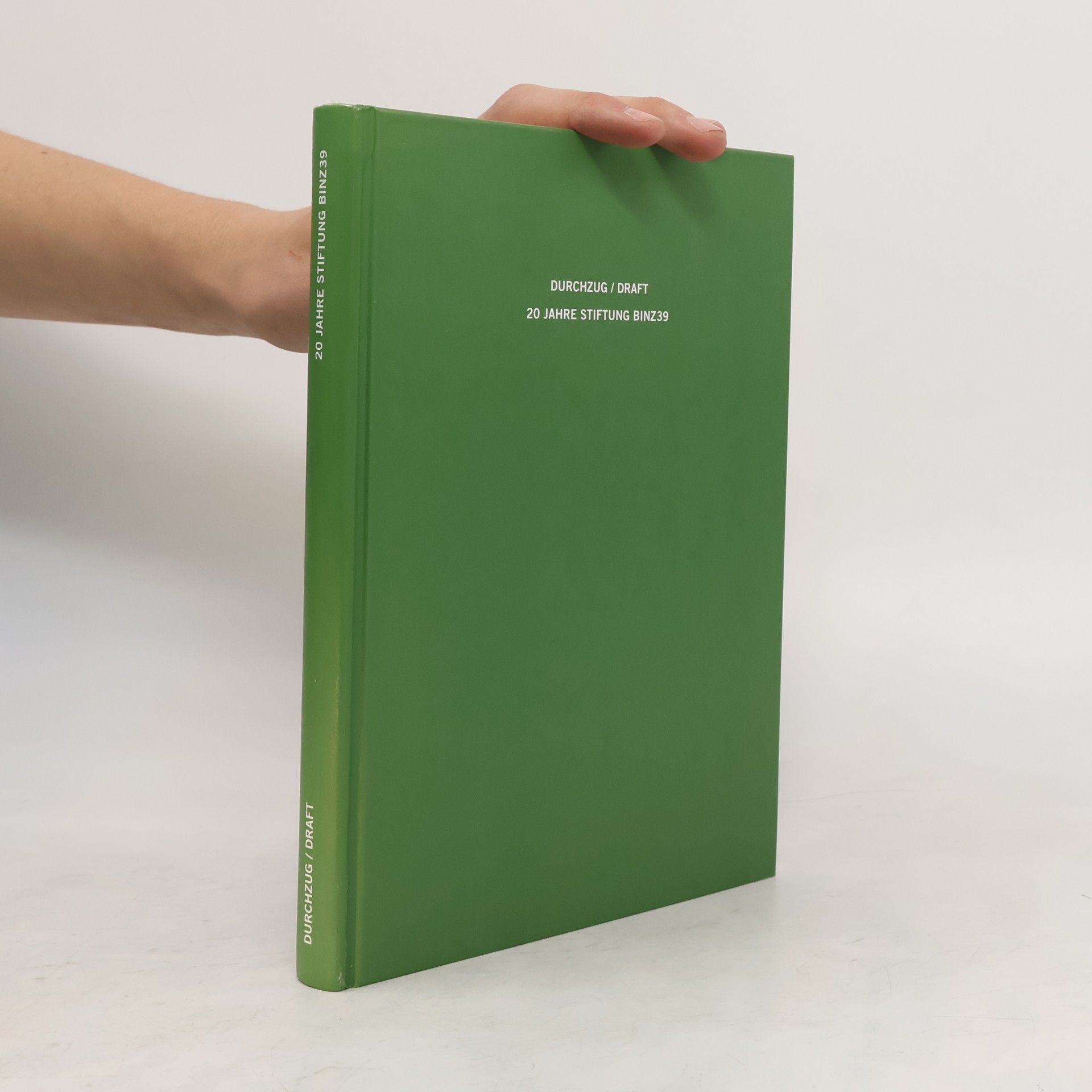Keith Tyson: Iterations and Variations
- 400bladzijden
- 14 uur lezen
This comprehensive survey delves into the extensive thirty-year career of artist Keith Tyson, showcasing his innovative works and artistic evolution. It highlights his unique approach to art, blending science, philosophy, and personal experience. The book features a rich collection of images and critical essays that explore the themes and concepts central to Tyson's practice, providing insight into his impact on contemporary art.


